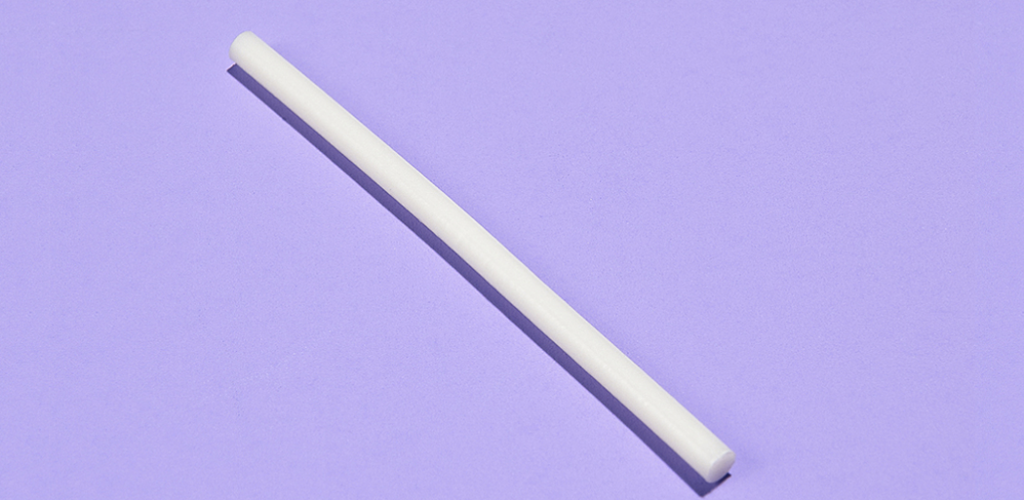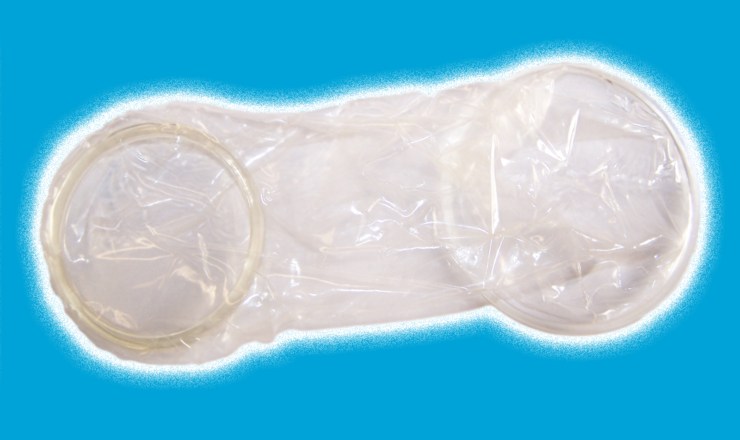Implant
What is the implant?
- The implant (also known by the brand names Nexplanon or Implanon) is a small (4cm) plastic rod containing one hormone (progestin) that a clinician places under the skin of your upper arm.
- It has been approved by Health Canada to be used for up to 3 years.
How does the implant prevent pregnancy?
- In order to get pregnant, sperm must enter your vagina*, swim up into your uterus and fertilize an egg that has been released from your ovaries during ovulation. The implant prevents you from ovulating.
- The implant also thickens the mucus on your cervix (the opening of the uterus). This makes it harder for sperm to travel into your uterus and fertilize an egg.
- The implant also thins the lining of your uterus (the endometrium). This makes it harder for a fertilized egg to implant in your uterus and become a pregnancy.
How effective is the implant?
-
The implant is over 99% effective. This means that if 100 people had an implant in place for one year, one or fewer of them would get pregnant.
How do you use the implant?
- A clinician places the implant under the skin of your upper arm using a plastic applicator that has an insertion device similar to a large needle with the implant packed inside it.
- If you and your clinician decide that the implant is the right method for you, they will write you a prescription. You can buy your implant at a pharmacy (approximately $358-$370) or at a sexual health clinic that sells it, which may be cheaper. PPT’s Health Services clinic will soon be placing implants and selling them for $294.
- The implant may be covered by drug benefit plans. You can ask your insurance provider if they are covered by your plan using the DIN (drug identification number): 02499509. The implant is also covered by OHIP+.
- On the day of the insertion, your clinician will want to rule out pregnancy. They’ll examine your upper arm to find the best place to insert the implant and use a local anaesthetic to numb the insertion area. They’ll use the applicator device to pierce your skin and slide the implant into place under your skin.
- After insertion, you’ll have a bandage on the insertion area. You may have some pain, irritation, or bruising on your arm where the implant is.
- Once it’s in place you may be able to see or feel the shape of the implant through your skin. Some people can detect it all the time, while some may need to press on the area to make the end of the rod poke up in order to see or feel it.
- You will be protected from pregnancy starting 7 days after the insertion.
- You can have the implant removed by a clinician at any time, or leave it in place for up to 3 years.
What are the side effects of the implant?
- You may have changes to your periods or unusual bleeding. You could have lighter, shorter, or less crampy periods or stop having periods at all while the implant is in place, or you could have irregular periods, longer periods, or bleeding or spotting in between periods.
- Other side effects can include headaches, acne, and breast/chest tenderness.
- Talk to your clinician if you have any medical problems including a history of depression, or if you are concerned about potential weight gain.
How do you stop using the implant?
- A clinician removes the implant by making a small cut in your skin near one end of the implant and pulling the implant out through the cut. They’ll use a local anaesthetic to numb the removal area.
- After removal, you’ll have a bandage on the removal area. You may have some pain, irritation, or bruising on your arm.
- If you want to insert a new implant, your clinician can usually insert it in the same spot, at the same time as removing the old one.
Advantages of the implant
- Your chances of getting pregnant are extremely low.
- It can be used for up to 3 years.
- You don’t have to do anything just before or after you have sex.
- It is a relatively “hands off” method. If you are happy with it you don’t need to get it checked until it is time to remove or replace it.
- It may make your period lighter and less crampy.
- You can use it if you can’t or don’t want to use birth control with estrogen.
- After you stop using it you can get pregnant right away.
- You don’t have to rely on your partner(s) to use it.
- If you want to keep your birth control use private, there is no packaging to be found.
- Over the course of 3 years, the monthly cost of the implant works out to be cheaper than other hormonal options like the pill or ring.
- You don’t need a pelvic exam or a procedure that involves touching your genitals to use it.
Disadvantages of the implant
- A clinician must insert and remove the implant.
- You may have pain, irritation, or bruising where the implant is after insertion and/or removal.
- For some people, the implant is visible to others who see their upper arms.
- The insertion and removal usually leaves a small scar.
- Health Canada hasn’t approved the implant to be used by people under 18 years old. If you’re under 18 and want an implant, talk to your clinician about your options.
- There is a small chance of complications like infection after insertion or removal, having an allergic reaction, having the implant come out or move a short distance inside your arm, or having difficulty removing the implant when you are finished with it.
- There is a very small chance of injuring a nerve in your arm during insertion or of the implant moving a significant distance inside your body and causing damage.
- You may experience side effects.
- Some people may not be comfortable using a method that can take their period away.
- It doesn’t protect you from STIs.
For a downloadable resource on this topic, please visit Planned Parenthood Toronto Factsheet Database.
If you have questions about this topic, feel free to contact one of our peer educators. [Link]
*We know that these aren’t the words everyone uses for their bodies (eg. trans folks), and support you using the language that feels best for you.
Last Edited: August 2022






